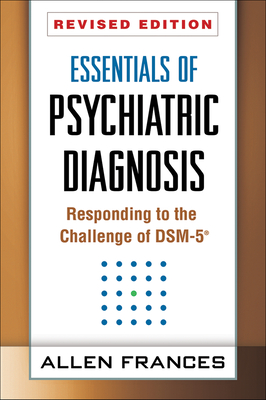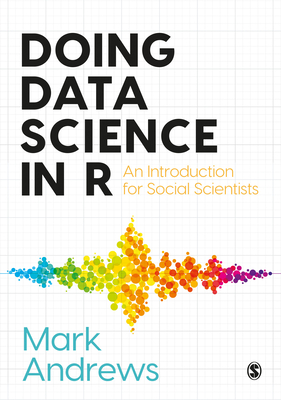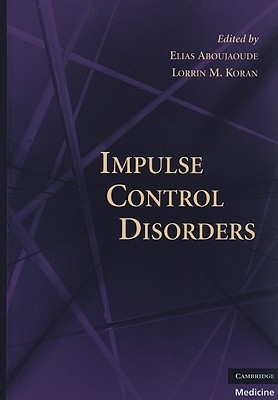People spend the vast majority of their time inside their homes and other indoor environments where they are exposed to a wide range of chemicals from building materials, furnishings, occupants, cooking, consumer products, and other sources. Despite research to date, very little is known about how exposures to indoor chemicals across complex chemical phases and pathways affect human health. The COVID-19 pandemic has only increased public awareness of indoor environments and shed light on the many outstanding questions about how best to manage chemicals indoors. This report identifies gaps in current research and understanding of indoor chemistry and new approaches that can be applied to measure, manage, and limit chemical exposures. Why Indoor Chemistry Matters calls for further research about the chemical transformations that can occur indoors, pathways and timing of indoor chemical exposure, and the cumulative and long-term impacts of exposure on human health. Research priorities should consider factors that contribute to measurable environmental health disparities that affect vulnerable populations, such as the age, location, and condition of buildings that can alter exposures to indoor chemicals. Table of ContentsFront MatterSummary1 Introduction2 Primary Sources and Reservoirs of Chemicals Indoors3 Partitioning of Chemicals in Indoor Environments4 Chemical Transformations5 Management of Chemicals in Indoor Environments6 Indoor Chemistry and Exposure7 A Path Forward for Indoor ChemistryAppendix A: GlossaryAppendix B: Committee BiosketchesAppendix C: Open Session AgendasAppendix D: Summary Table of Available Exposure Models
Get Why Indoor Chemistry Matters by at the best price and quality guranteed only at Werezi Africa largest book ecommerce store. The book was published by National Academies Press and it has pages. Enjoy Shopping Best Offers & Deals on books Online from Werezi - Receive at your doorstep - Fast Delivery - Secure mode of Payment
 Jacket, Women
Jacket, Women
 Woolend Jacket
Woolend Jacket
 Western denim
Western denim
 Mini Dresss
Mini Dresss
 Jacket, Women
Jacket, Women
 Woolend Jacket
Woolend Jacket
 Western denim
Western denim
 Mini Dresss
Mini Dresss
 Jacket, Women
Jacket, Women
 Woolend Jacket
Woolend Jacket
 Western denim
Western denim
 Mini Dresss
Mini Dresss
 Jacket, Women
Jacket, Women
 Woolend Jacket
Woolend Jacket
 Western denim
Western denim
 Mini Dresss
Mini Dresss
 Jacket, Women
Jacket, Women
 Woolend Jacket
Woolend Jacket
 Western denim
Western denim
 Mini Dresss
Mini Dresss






























































